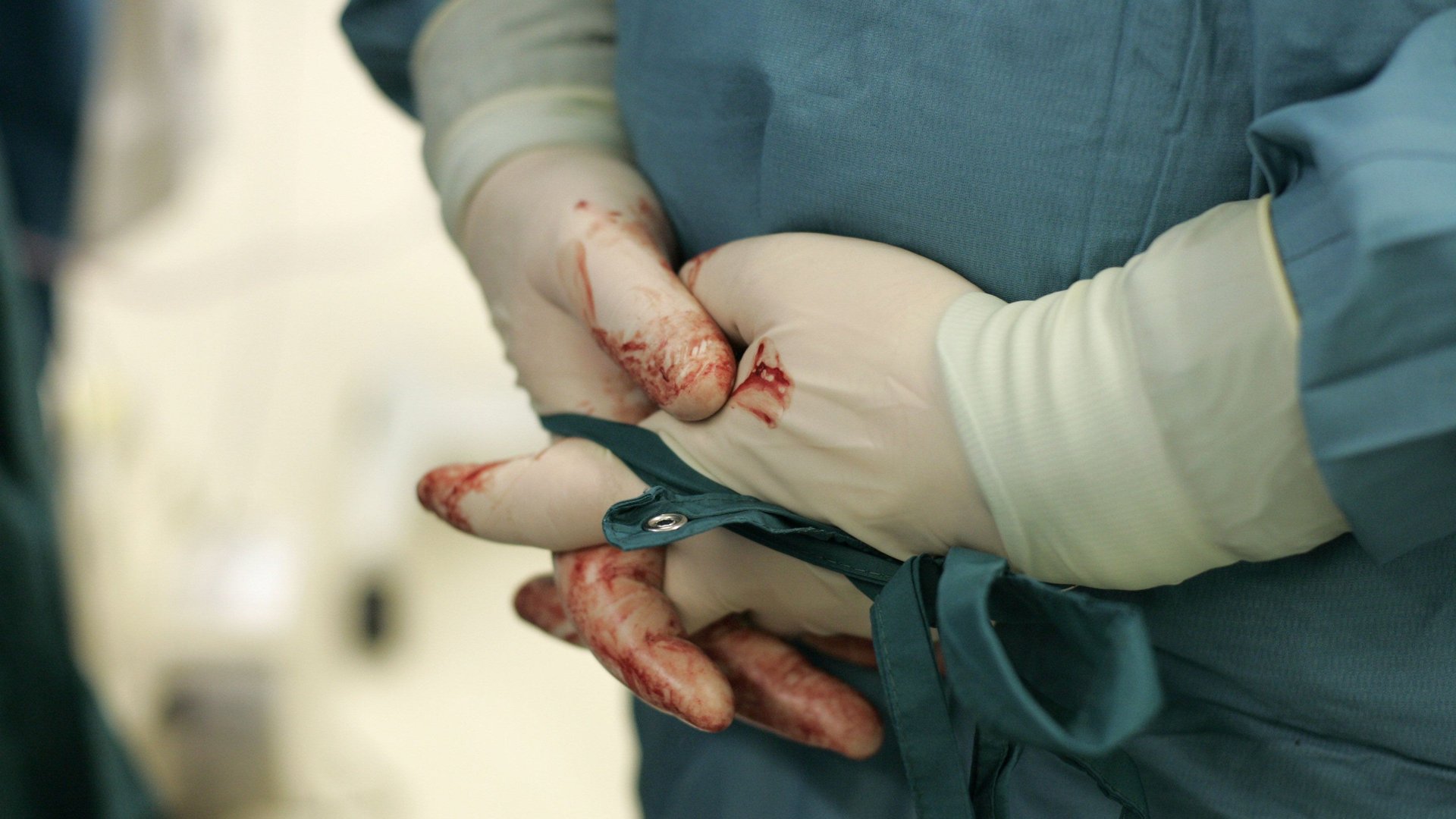Operating on gun violence victims for a living forever changed my opinion on gun control
Carried out with legally purchased firearms, the shooting that killed fourteen people in San Bernardino has reignited an ongoing debate over gun control in the United States. But gun violence isn’t limited to a few, highly publicized incidents. For America’s trauma surgeons, it has become routine. We asked Stefan Leichtle, a trauma surgeon in Los Angeles, about treating the victims of gun violence and how his profession has shaped his views on gun regulation.


Carried out with legally purchased firearms, the shooting that killed fourteen people in San Bernardino has reignited an ongoing debate over gun control in the United States. But gun violence isn’t limited to a few, highly publicized incidents. For America’s trauma surgeons, it has become routine. We asked Stefan Leichtle, a trauma surgeon in Los Angeles, about treating the victims of gun violence and how his profession has shaped his views on gun regulation.
I am a trauma surgeon at the University of Southern California/Los Angeles County Medical Center in East Los Angeles, which is the largest trauma center in the County of Los Angeles. We see victims of gun violence literally seven days a week, including all ages. The youngest shooting victim I have personally operated on was 12 years old.
Seeing the amount and degree of (gun) violence in a city like Los Angeles is shocking. It is equally shocking how quickly treating up to a dozen shooting victims a week becomes “routine” and “normal.” From a professional perspective, witnessing this unbelievably high incidence of injuries due to firearms certainly has contributed to my opinion that the public’s attitude towards guns, and access to handguns and rifles in the US, need to change.
As is the case for most traumas, bleeding is the number one cause of death for gunshot wounds. However, while in most other trauma situations this means that the patient needs to be in the OR within half an hour, in gunshot victims the time until a patient crashes is measured in minutes and sometimes even in seconds. Bullet wounds are also notorious for causing extensive collateral damage along the bullet tract, including bowel, nerve, and blood vessel injury. I have seen numerous young patients become paralyzed from gunshot wounds, or require an ostomy (a pouch for bowel excretions outside a patient’s abdomen).
Medical professionals see the unfiltered, dire consequences of gun violence (and also often accidents with guns involving young children) every day. Many citizens are wary of politicians speaking up in favor or against gun control, suspecting an underlying political or financial agenda. Medical professionals could act as a trustworthy, independent, and knowledgeable voice that solely has the benefit of patients and the general public in mind.
Medical professionals could also contribute to decreasing gun violence by providing objective research findings on this topic; however, these research efforts have been severely hampered by a lack of public funding. As physicians, we do not only care for our individual patients, but we also have an obligation to improve the health and well-being of society in general. Speaking up about the health risks and consequences of gun violence can be an important part of this role.
Gun regulation is a difficult topic in the US since the right to bear arms is very entrenched in American culture. I think there are certain restrictions that should be “no-brainers,” such as preventing people on terror watch lists, those with mental illness, or those with a prior criminal history from buying guns. Additionally, I see no reason why ordinary citizens should have access to military-style assault rifles for “self-defense.” Therefore, more extended background checks during gun purchases—including those at gun fairs and over the internet—are necessary.
Most importantly, however, what ultimately needs to change is the public’s view on guns. Currently there is a gun culture in the US that glorifies the ownership of guns (and the skill to use them). They are widely considered “cool,” can be a status symbol in some parts of society, and many children grow up shooting various hand guns and rifles on shooting ranges. This is similar to how smoking cigarettes was viewed a few decades ago. What eventually decreased the incidence of smoking were not only more restrictions on how to obtain cigarettes, but a change of the public’s attitude towards tobacco users, from being “cool” to being “unhealthy and addicted.” A similar change of public attitude needs to occur with regard to guns, and more restrictive gun laws would be an important, but not the only step towards this goal.